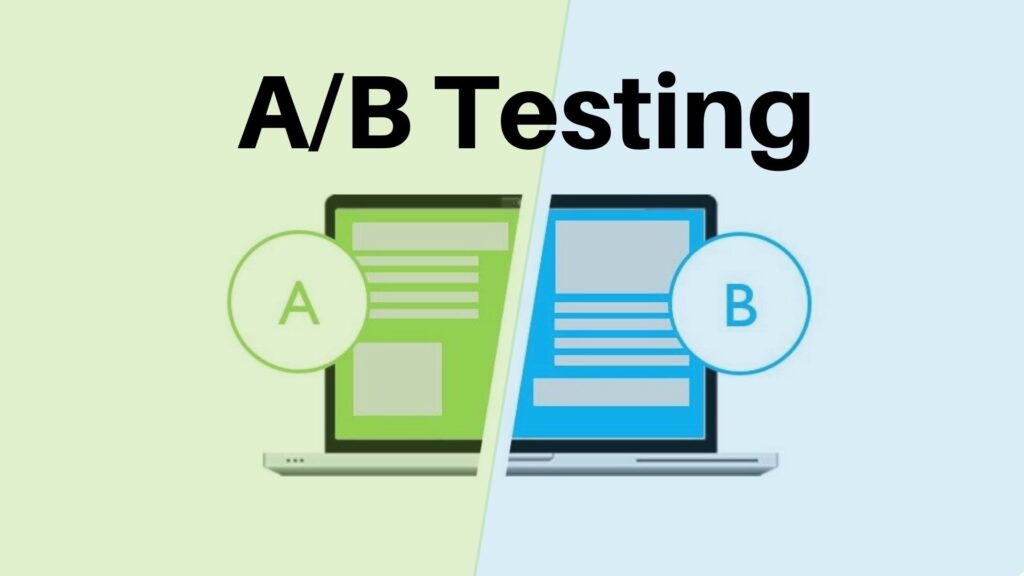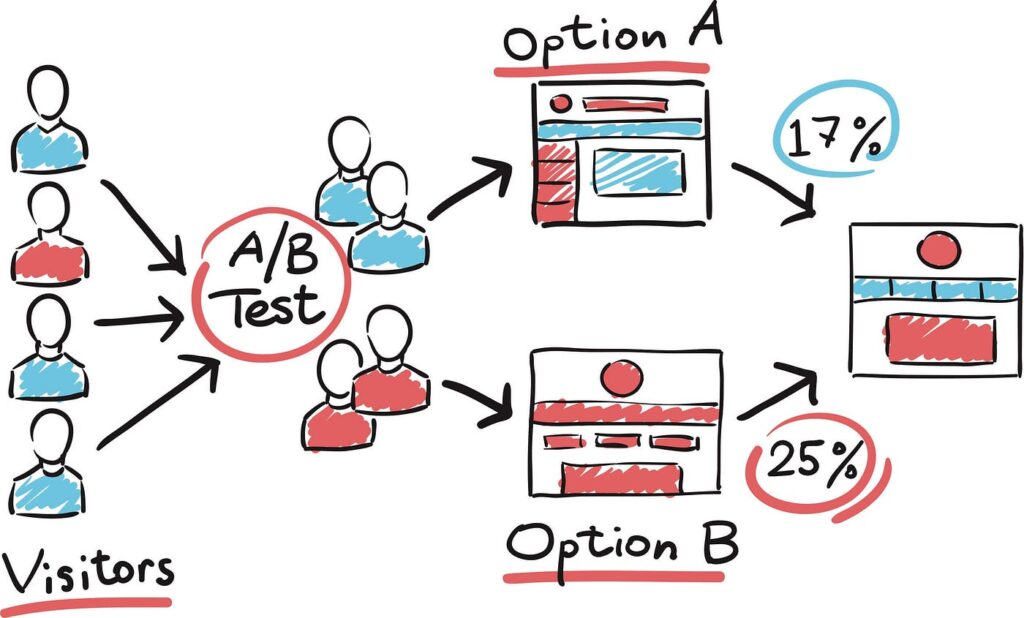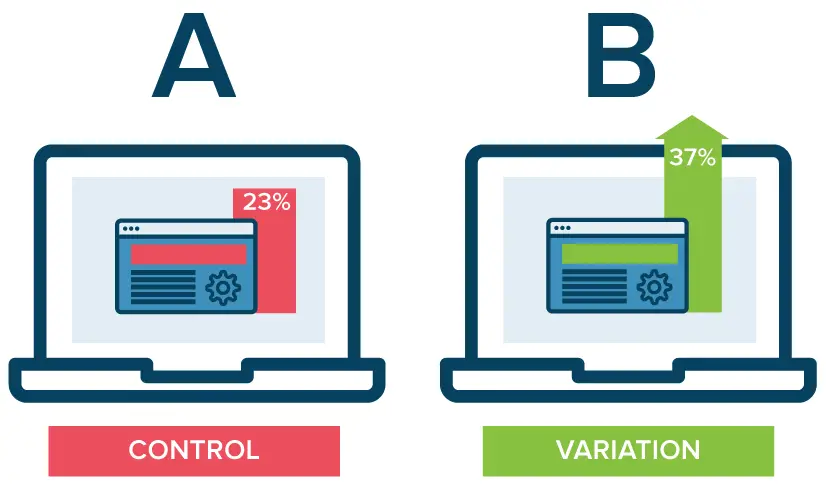Improving conversion rates on your eCommerce site is critical for increasing revenue and attaining business success. You can take several steps to increase the speed of your site, such as improving the user experience, streamlining the checkout process, and implementing advanced personalisation techniques.
In this article, we’ll look at 10 simple and efficient techniques to increase conversions on your eCommerce website. These tactics, which range from streamlining the checkout process to leveraging A/B testing, are intended to assist you in identifying and implementing improvements that can result in higher conversion rates and more revenue. Let’s look at these concrete strategies for turning your eCommerce site into a conversion powerhouse.
1. Simplify the Checkout Process
Simplify the checkout process to enhance customer completion rates. Reduce steps, offer guest checkout and auto-fill forms, and include a progress indicator for transparency. This streamlining is crucial for improving conversion rate optimisation.
Tips for Simplifying Checkout:
- Guest Checkout: Allow customers to make purchases without creating an account. This can reduce friction and speed up the process.
- Progress Indicators: Show a progress bar during checkout to inform customers of their position.
- Auto-Fill Forms: Use technology to auto-fill customer information for returning users.
2. Optimise Your Website for Mobile Devices
As more and more people shop on their mobile devices today, having a site that works well with these is very important. A responsive design that meets any device’s screen size can enhance user experience and help increase conversion rate. Mobile optimisation is a core component of conversion optimisation strategies.
Mobile Optimisation Strategies:
- Responsive Design: Make your site responsive across different screens.
- Mobile-Friendly Navigation: Reduce menu and screen sprawl for use on a mobile device.
- Fast Loading Times: Ensure images and scripts are optimised for fast loading on mobile networks.
3. Improve Page Load Speed
The main negative impact of this is slow-loading pages, which can result in relatively high bounce rates. When you optimise images, use a content delivery network (CDN) and restrict heavy scripts so the site loads faster. Ecommerce optimisation faster page load times are essential for ecommerce optimisation and can significantly impact your conversion rates.
Techniques to Improve Load Speed:
- Image Optimisation: Compress images without losing the quality.
- Content Delivery Network (CDN): Utilise CDNs to deliver static content and offload the server from extra load.
- Minimise Scripts: Limit high scripts and plugins on your site.
4. Use High-Quality Images and Videos
Visual content is significant in e-commerce. Using high-quality images and videos will give customers a better idea of precisely what they are buying, which can increase your conversion rates. These include 360-degree product views, zoom functionality and innovative usage videos. CRO agencies recommend usability improvements in a high number of instances.
Enhancing Visual Content:
- 360-degree Views: Allow customers to see products from all angles.
- Zoom Functionality: Enable Zoom to view product details closely.
- Product Videos: Use videos to demonstrate product features and uses.
5. Implement Trust Signals
Security badges, customer ratings or reviews, and testimonial blocks can instill confidence among visitors to purchase. Show these primarily in your product and checkout pages for buyer assurance.
Types of Trust Signals:
- Security Badges: Display SSL certificates and other security assurances.
- Customer Reviews: Display customer reviews and ratings
- Testimonials: Customer testimonials help to be seen as a credible source.
6. Offer Free Shipping
Nothing gets an online shopper excited like free shipping. Free shipping for all orders or minimum purchase amount makes this offer well known on your homepage, product pages, and through the checkout process to increase conversion.
Implementing Free Shipping:
- Threshold Strategy: Increase average order value by offering free shipping on orders over a threshold amount.
- Highlight on Site: Do not hide the free shipping in some small letters on your site’s page so that people know it when they go to complete their order booth.
- Incentivize Repeat Purchases: Offer free shipping to drive repeat orders
7. Personalise the Shopping Experience
Customisation can transform a customer from the object of any generic marketing campaign (or worse, as one among others) to somebody who feels spoken to—leverage data for personalised product recommendations, focused promotions, and tailored email marketing campaigns. Personalisation is one of the core strategies in conversion optimisation.
Personalisation Tactics:
- Product Recommendations: Algorithms used to recommend products based on their behaviours.
- Targeted Promotions: Provide unique discounts and offers aimed at your individual customers’ preferences.
- Customised Emails: Personalised email campaigns (activity, purchase history).
8. Simplify Navigation
A structured and user-friendly website can improve the UX of a site, making visitors come back over more often. Always make their menus clear and concise, with critical feature information easy to find. Easy Navigation plays a vital role in ecommerce conversion rate optimisation.
Navigation Best Practices:
- Clear Menus: Organise your menu items logically and clearly.
- Search Functionality: Add a good search option for faster users to find the products.
- Breadcrumbs: Breadcrumb navigation highlights the most essential part of users’ current location on the site.
9. Utilise A/B Testing
A/B testing can help you know the performance of your webpage versions. Headlines, images, call-to-action buttons and page layouts are the elements you should be testing. Long-term testing and optimisation (provided it’s being done right) is one of the cleanest roads to a higher conversion rate.
A/B Testing Strategies:
- Headlines and Copy: Split test new headlines and copy to optimise.
- Images and Videos: Try putting out different visuals to see what gets you the most engagement.
- CTA Buttons: Experiment with different colours, sizes and button copies for your call to action.
10. Enhance Your Call to Action (CTA)
It must be a clear, compelling call to action. In your CTA section, utilise action language below the right contrasting colours and strategically place them in sections where they pop. An optimised CTA is a critical part of ecommerce optimisation.
CTA Optimisation Tips:
- Action-Oriented Language: Consider using action verbs like “Shop Now” or “Start a Free Trial”.
- Contrasting Colours: Use colour contrast for your CTA buttons.
- Strategic Placement: Put your CTAs where they get noticed easily on some prominent site areas.
Partnering with a Conversion Rate Optimisation Agency
These are tactics that you can implement yourself and should which will yield great results, but using a conversion rate optimisation agency, for example, takes things to the next level. They are experts who know how to analyse user behaviour, make A/B tests, and implement advanced strategies according to your business requirements.
Conclusion
Enhance ecommerce conversions through user-friendly design, strategic incentives, and continuous optimisation. Implement ten proven strategies to improve user experience and drive sales. Partnering with a conversion optimisation agency can provide expert guidance for sustainable growth and achieving long-term ecommerce goals.
If you need help boosting conversions on your ecommerce site, contact us for a FREE CRO Audit



















